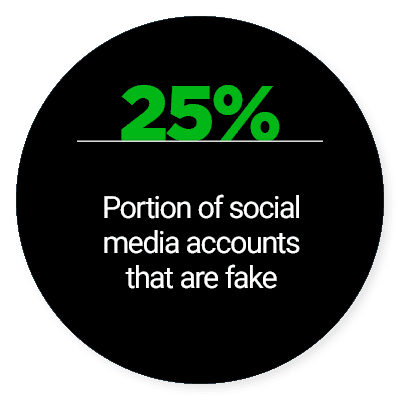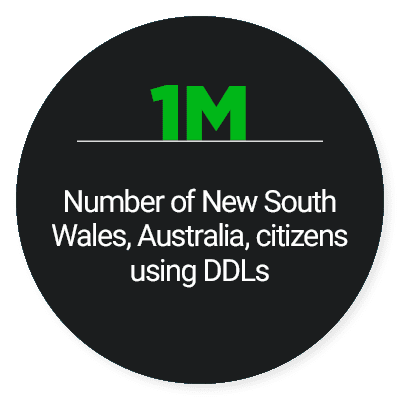Inside The Fight For Digital Driver’s Licenses

Biometric digital identity verification solutions are becoming more and more commonplace thanks to their implementation in everyday devices like smartphones and fitness wearables. Approximately 800 million facial recognition-equipped mobile devices are expected to be in circulation by 2024, in fact, with an additional 4.6 billion smartphones equipped with fingerprint recognition in the same timeframe.
Many U.S. states are considering the adoption of digital identity solutions like driver’s licenses to embrace the advantages that biometric devices can bring. Colorado, Louisiana and 10 other states have digital driver’s licenses in various stages of development but are facing their share of obstacles, including the possibility of incompatibility across state lines.
 In the “Digital Identity Tracker®,” PYMNTS explores the latest developments in the world of digital IDs, including digital driver’s license initiatives around the country, biometric solutions for credit cards and the growing danger of fake profiles on social media.
In the “Digital Identity Tracker®,” PYMNTS explores the latest developments in the world of digital IDs, including digital driver’s license initiatives around the country, biometric solutions for credit cards and the growing danger of fake profiles on social media.
Developments From Around The World Of Digital ID
Biometrics are growing increasingly popular among credit card users. A recent study from Visa found that two-thirds of surveyed consumers preferred biometric authentication to passwords for a variety of reasons when using their cards. Approximately 34% said that they felt biometrics offered improved security over passwords, a fact that is backed up by the 2019 Verizon Data Breach Investigations Report, which found that 80% of data breaches can be traced to compromised or weak passwords.
Banks are working on new biometric security solutions in response to this trend in customer preference. Banco Santander Mexico is in the midst of its own biometric upgrade, having collected customers’ fingerprints and facial data since February 2019. The bank plans to enroll all 3.7 million of its customers in the biometrics program at the cost of approximately 1 billion pesos ($53 million USD). The bank has so far installed 9,900 biometric scanning stations at its branches.
Biometric verification is being installed in payment cards as well. Technology provider SmartMetric is improving its credit and debit cards to have built-in fingerprint scanners, preventing unauthorized users from making purchases. The card includes a miniature battery to power the fingerprint scanners that can be recharged at ATMs, contactless card readers and point-of-sale (POS) systems.
For more on these and other digital identity news items, download this month’s Tracker.
Why DDLs Are The Identification Method Of The Future
State-issued driver’s licenses are the de facto form of identity in the United States, and several states are pushing for their digitization. But they come with their fair share of challenges, including the lack of an overseeing agency to ensure compatibility between states.
For this month’s Feature Story, PYMNTS spoke with Randy Vanderhoof, executive director of the Secure Technology Alliance about the privacy, security and accessibility advantages DDLs offer, as well as the necessity for a neutral third party to oversee their compliance.
 Deep Dive: How Fake Profiles Endanger Social Media Networks
Deep Dive: How Fake Profiles Endanger Social Media Networks
Social media sites like Facebook, Twitter and YouTube have a collective 2.77 billion users, or approximately 36% of the world’s population. Up to a quarter of these users are fake, however, consisting of artificial intelligence (AI) algorithms that account for up to 75% of all social media cyberattacks.
This month’s Deep Dive explores how fake profiles wreak havoc on both social media websites and their users, and how providers can improve their identity verification procedures to weed out fraudsters.
About the Tracker
The “Digital Identity Tracker®,” done in collaboration with Jumio, is your go-to monthly resource for updates on trends and changes in the digital ID industry.
